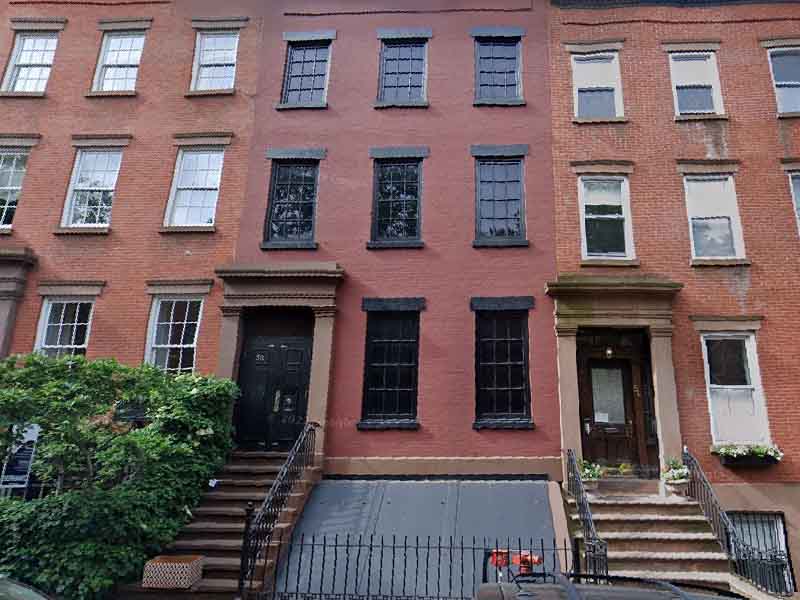New York City, a metropolis known for its iconic skyline, is also home to a series of intriguing “fake buildings” – structures that present ordinary facades but conceal unique purposes. Recently, YouTuber Cash Jordan embarked on a video tour to uncover the truths behind these architectural enigmas.
The buildings look like real houses, apartment buildings and office buildings from the outside, but you can’t live in them.
58 Joralemon Street, NYC: This seemingly typical brownstone in Brooklyn Heights is anything but ordinary. It’s actually a vent shaft for the subway. Built in 1847 and converted in 1908, this structure plays a crucial role in the functioning of the New York City Subway system, ensuring proper ventilation and emergency egress.
Strecker Memorial Laboratory: Situated on Roosevelt Island, this edifice once stood as a pioneering pathology laboratory, named after Dr. Ernst William Strecker. Now, it serves as a power substation for the Roosevelt Island Tramway, providing electricity that keeps the tram running smoothly.
Holland Tunnel Ventilation Building: A critical component of the Holland Tunnel’s infrastructure, this building in Lower Manhattan houses massive fans. These fans are essential for maintaining air quality and removing vehicle emissions from the tunnel, safeguarding commuters’ health and safety.
Mulry Square MTA Building: Located near Greenwich Village, this structure is a vent plant disguised as a townhouse. It plays a vital role in maintaining air quality and pressure in the nearby subway tunnels, a hidden yet crucial aspect of subway operations.
33 Thomas Street Tower: This monolithic skyscraper in Lower Manhattan, with its windowless facade, is perhaps the most visually striking of these structures. Initially built to house telephone switching equipment, it’s rumored to now serve as a major NSA surveillance site, although its current use remains shrouded in mystery.
These buildings, while seemingly mundane, perform vital roles in the city’s infrastructure, often hiding in plain sight. This tour not only showcases the ingenuity of urban planning but also highlights the city’s lesser-known stories nestled within these deceptive facades.
In most cases, these fake facades are constructed to hide unsightly infrastructure such as electrical substations, underground ventilation systems, communications arrays, and other utilities.
